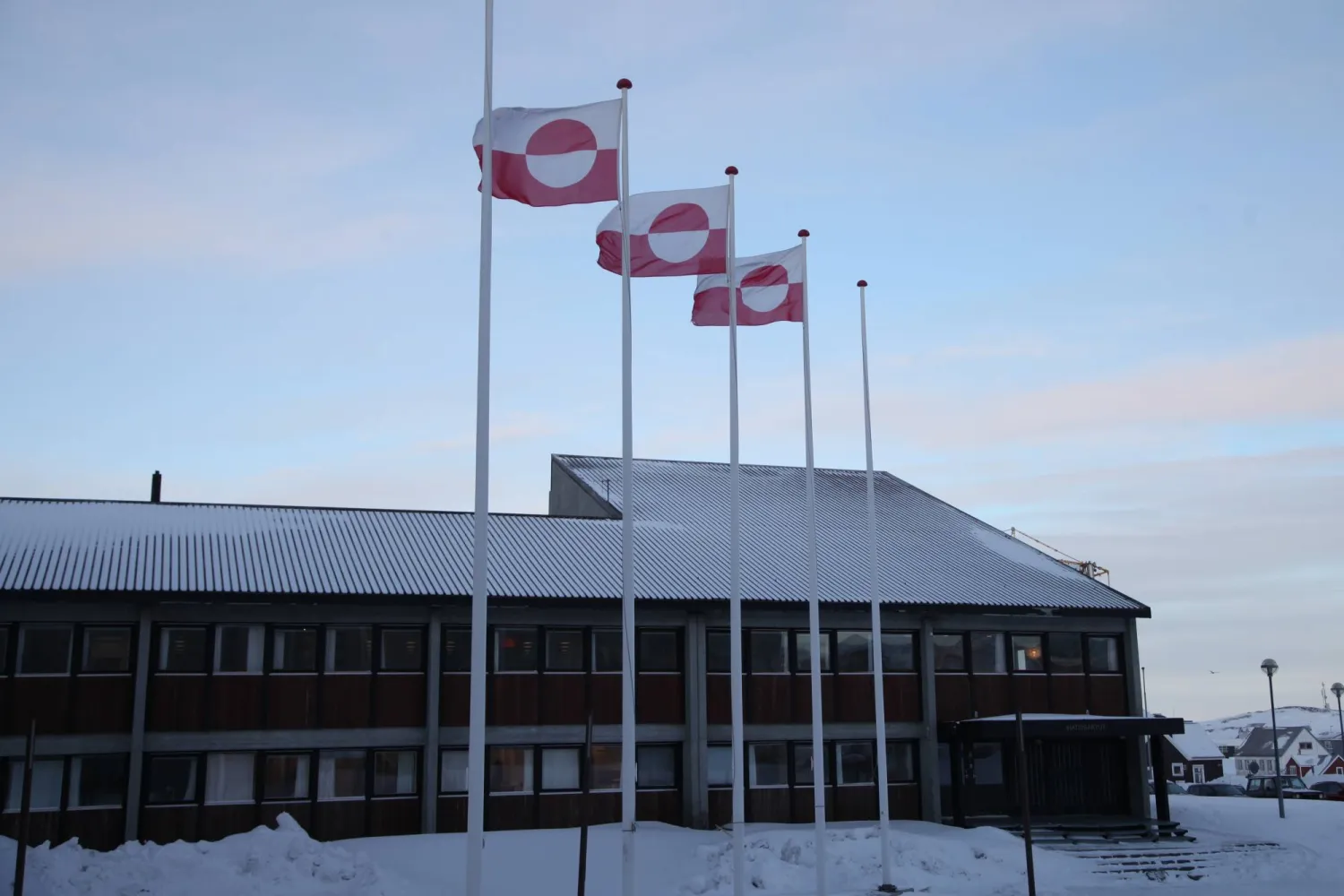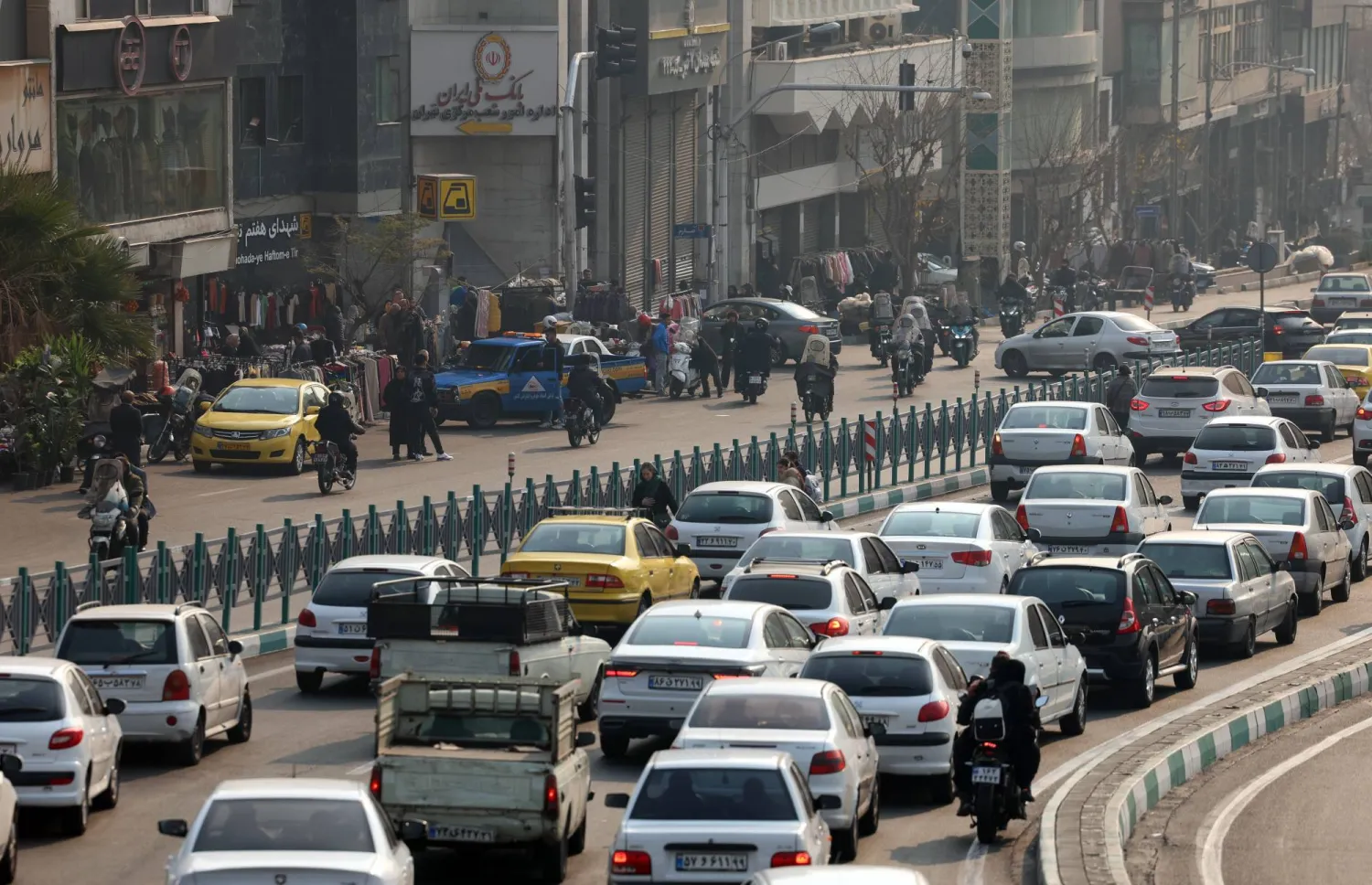In Syria, the immediate effects of the war in Ukraine have made an already difficult humanitarian situation even worse. Protracted violence in Ukraine or an expansion of the Ukraine war into a larger NATO-Russia confrontation would endanger multilateral cooperation on conflict management, conflict resolution and humanitarian issues in Syria.
Protracted conflict in Ukraine could also disrupt the volatile status quo in Syria, potentially endangering ceasefire agreements, tilting the power balance in favor of Iran and thereby increasing the risk of military escalation between Iran and its antagonists, complicating the fight against ISIS, and endangering cross-border humanitarian aid deliveries.
While large-scale military operations have been reduced significantly over the past few years, stability in Syria has remained fragile, and conflict resolution has witnessed a protracted stalemate. Five foreign states as well as a multitude of domestic and foreign militias have a military presence on the ground. Russia, Turkey, the US, and Iran have each established zones of influence, whose boundaries remain contested.
Asharq Al-Awsat has published a summary of a report published by the German Institute for International and Security Affairs. The report tackles the impact of the war in Ukraine on Syria.
Immediate effects of the war
The effects of the war in Ukraine were felt immediately in Syria. It has led to a worsening of an already grim humanitarian situation in this former lower-middle-income country. Syria’s economy had already all but collapsed due to war damage, large-scale displacement, poor governance, sanctions, Covid-19 and repercussions of the financial meltdown in Lebanon.
Even before the war in Ukraine, 90% of Syria’s population lived in poverty, two-thirds were dependent on humanitarian aid and 55% were food insecure. In December 2021, the UN Food and Agriculture Organization warned of the risk of famine against the backdrop of severe drought and a steep decline in Syria’s wheat harvest.
Early in the war, Russia announced that it would not keep its December 2021 commitment to deliver wheat to Syrian regime-controlled areas that were meant to fill the gap.
Northwest Syria is also likely to suffer shortages as it procures wheat from Ukraine and Russia as well as Turkey, where production has been affected by drought.
In addition, the World Food Program, which largely depends on Ukrainian production, is set to come under strain due to supply loss, soaring food prices and an increase in the number of people in need worldwide.
Starting May 2022, it will have to reduce life-saving food assistance to some 1.35 million people in northwestern Syria.
While the Syrian regime has adopted austerity measures, such as rationing, price controls and export restrictions, it has not been successful in preventing the spiraling of food and energy prices.
In contrast, direct effects of the war in Ukraine on the geopolitical dynamics in Syria seem to have been limited to date.
The main external powers with a military presence on the ground in Syria have so far insulated their cooperation there from tensions over Ukraine: military deconfliction between Russia and the US as well as Russia and Israel continues; Russia and Turkey maintain joint patrols in the north of Syria based on the March 2020 ceasefire arrangements; and informal talks among Russia, Turkey, the US and European countries on humanitarian access have still taken place.
At the same time, Israel-Iran relations have been tense ever since the killing of two Iranian Revolutionary Guard Corps officers in Syria in early March 2022; this has resulted in Iranian attacks on Israel-linked targets in Iraq, as well as Israeli airstrikes on Iran-linked targets in Syria.
Yet, some players – in particular Russia and Iran – have started to adapt their presence in Syria. Accordingly, Syria would not necessarily be left unscathed even if the war in Ukraine were to come to an end sooner rather than later.
While the overall interests of the dominant external players are likely to remain the same, their priorities, approaches and capacities are likely to be affected, prompting further adaptations, and risking renewed and heightened conflict in Syria.
The extent of these changes will depend on the duration and evolution of the conflict in Ukraine and its potential escalation into a wider NATO-Russia confrontation.
Russia – From pro-regime stabilizer to spoiler?
The war against Ukraine directly impacts the capacities available to Russia for its involvement in Syria. In addition, a shift in priorities in Russian foreign policy can already be observed. To what extent this will affect Russia’s specific interests in the Syrian conflict will depend on the duration and trajectory of the conflict in and beyond Ukraine.
The Kremlin cannot afford to see its Syria policy fail. The military operation in Syria has become too much of a symbol for Russia’s ambition to return to being a great power.
Russia therefore now faces the challenge of securing its position in Syria and the MENA region with reduced capabilities.
Russia has a strategic interest in maintaining its air and naval bases in Syria. They underpin Russia’s military presence in the eastern Mediterranean, which becomes even more important in the face of increasing confrontation with the US and NATO.
Russia’s invasion of Ukraine doesn’t risk significantly undermining its official military posture in Syria in the short-term as this presence primarily revolves around aerospace defense forces and military police rather than substantial ground forces, which only number around 4,000 according to the Military Balance 2022 report published by the International Institute for Strategic Studies (IISS).
However, the war in Ukraine may have a greater impact on Russia’s deployment of irregular armed forces.
In order to fill gaps in the Ukrainian theater, Russia might find it useful to send private military companies and “volunteers” from Syria to Ukraine, which might undermine the striking power of the Syrian armed forces.
Furthermore, Turkey’s closure of the shipping route through the Bosphorus and the Dardanelles to military vessels from/to Russia’s Black Sea ports is likely to cause problems and increase costs for Moscow.
Specifically, supplies and reinforcements for Russian troops in Syria will largely need to be flown in.
In the medium-term, the sanctions-induced deterioration of Russia’s economic capacities will also have an impact on its Syria policy. Russia’s ability to engage in Syria’s reconstruction and to influence its economic development is likely to significantly diminish.
At least in the short-term, Moscow is likely to avoid steps that could trigger significant armed confrontations in Syria as this risks stretching Russian forces thin.
Yet, against the backdrop of Russian-Western confrontation, there are still incentives for Moscow to exploit its spoiler potential with regard to Syria, for example with respect to humanitarian access or military deconflicting.
Geopolitical dynamics
Protracted violence in Ukraine or an expansion of the war in Ukraine into a larger NATO-Russia confrontation is likely to have an impact on conflict dynamics in Syria beyond the adaptations of individual external actors.
With regards to Russia’s posture and approach in Syria, three trajectories seem plausible: First, Moscow might be forced to reduce its military presence and decrease its attention and resources spent in Syria.
In that context, Russia might no longer block the expansion of Iranian influence over Syria’s military-security infrastructure and post-war economic activities as long as Moscow’s strategic interests in maintaining dominance over the Mediterranean ports of Latakia and Tartus are duly observed.
Tehran’s ultimate desire to expel the US from Syria might also become more acceptable to Moscow. Such a development could therefore tilt the power balance in Syria in Iran’s favor.
Second, if Russia is forced to move air assets from Syria to Ukraine, this could have a negative effect on Russian (and the Syrian regime’s) efforts to contain ISIS in the Badia, as well as other regime-held areas. To date, air assets, especially attack helicopters, have been employed to prevent ISIS resurgence in these areas. However, there are rising concerns that an ISIS comeback in regime-held areas could be a real threat in the time to come.
The problem could be compounded if Syrian soldiers and pro-regime militias are deployed to Ukraine in considerable numbers, as this would undermine the striking power of Syria’s armed forces.
According to Ukrainian military intelligence, over 40,000 Syrian fighters had registered for deployment in Ukraine by mid-March 2022, including soldiers from the Syrian Armed Forces.
Up to the end of March, according to press reports, only several hundred fighters from Syria arrived in Russia for training. None have yet been deployed to Ukraine.
Third, while Moscow has aimed at preserving the status quo in Syria for the time being, against the backdrop of a perceived threat to the security of its own regime, the Kremlin might radically shift its approach in Syria and exploit its spoiler potential. This could happen with the aim of coercing NATO members, including Turkey, into offering concessions with regard to Ukraine or perhaps just to deflect attention away from Ukraine.
In concrete terms, this scenario might play out by Russia complicating or denying US-led counter terrorism operations in areas under its control, in engaging in risky encounters with US aircraft over Syria or in taking aggressive action against Western warships in the eastern Mediterranean.









